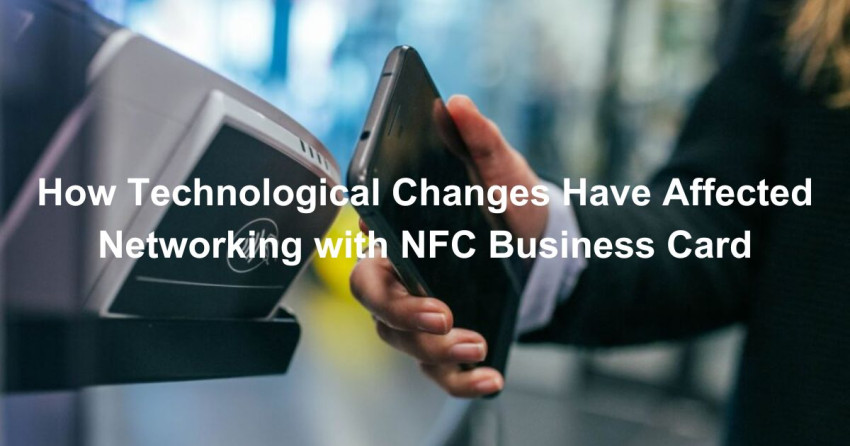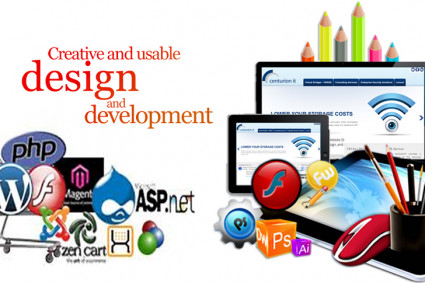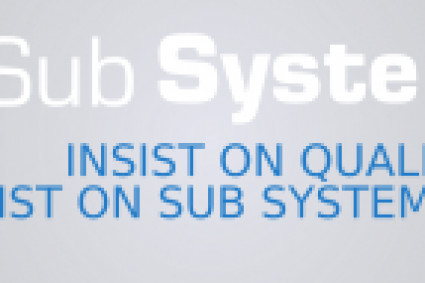
Technological advances have reshaped the way businesses network, and one of the standout innovations in this space has been the NFC (Near Field Communication) business card. NFC business cards are a more advanced version of traditional business cards, but instead of merely providing printed information, they contain an NFC chip that can transmit data to NFC-enabled devices such as smartphones.
Here's how technological changes related to NFC business card has affected networking:
- Digital Integration: With an NFC business card, when someone taps the card with their NFC-enabled device, it can immediately lead them to a digital portfolio, LinkedIn profile, website, or even a video. This allows professionals to provide a richer, multimedia introduction compared to the traditional static business card.
- Up-to-date Information: Traditional business cards can become outdated if your contact information changes. With NFC business cards, you can update the information linked to the card, ensuring that your contacts always have access to your most recent details.
- Eco-friendly: Given that a single NFC card can replace hundreds of traditional business cards, there's potential for reducing paper waste. Users simply update the digital information linked to their NFC card rather than reprinting multiple batches of cards.
- Interactivity and Engagement: NFC cards can link to interactive platforms, apps, or augmented reality experiences. This added interactivity can make networking more engaging and memorable.
- Space Efficiency: Traditional business cards are limited by physical space, but NFC cards can link to vast amounts of information, giving professionals more flexibility in what they choose to share.
- Data Analytics: Some NFC business card platforms offer analytics. This means you can see how many people tapped your card, what links they clicked on, and how they interacted with your digital content, providing valuable insights for follow-ups and strategy adjustments.
- Integration with Other Technologies: NFC business cards can be integrated with CRM (Customer Relationship Management) systems or other business software, making it easier to organize and manage contacts.
- Security: NFC technology offers encryption capabilities. While most business card interactions don't require heavy security, certain professionals might appreciate the ability to share encrypted data or links.
- Cost: While NFC business cards might have a higher upfront cost than traditional cards, in the long run, they could be more cost-effective. Especially when considering the costs associated with reprinting traditional cards due to information changes or errors.
- Ease of Sharing: With traditional cards, you need to physically hand them out. With NFC, as long as someone has an NFC-enabled device, you can share your information, making impromptu networking opportunities easier.
However, it's essential to consider potential drawbacks:
- Device Compatibility: Not every phone or device is NFC-enabled. While many modern devices support NFC, there are still many that don't, potentially limiting the reach of NFC business cards.
- Learning Curve: Some individuals might not be familiar with NFC technology or may be hesitant to tap their devices on unfamiliar cards due to security concerns.
Despite these potential challenges, it's clear that the technological changes surrounding NFC business card has offered an innovative way for professionals to network in our increasingly digital age.





